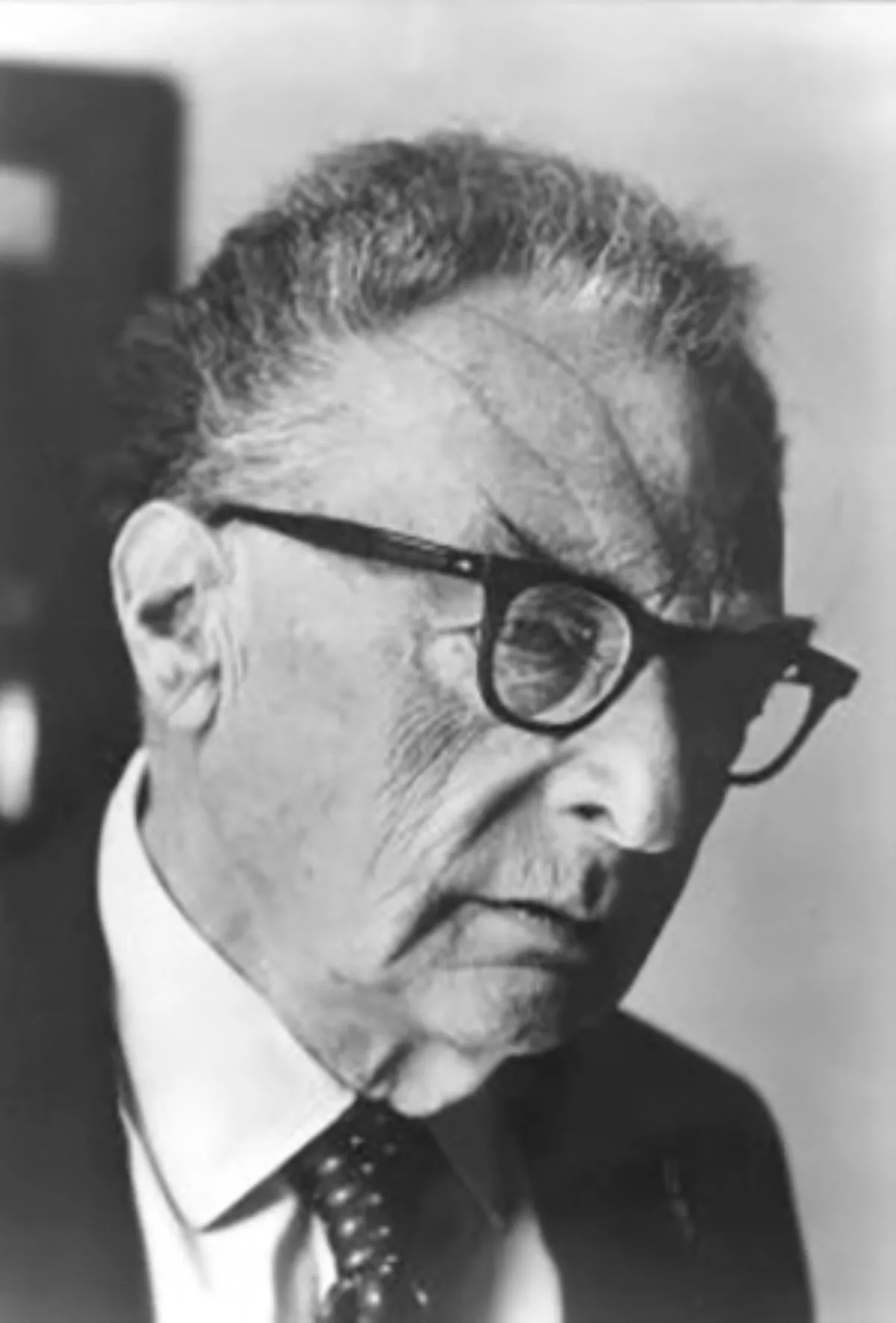 1.
1. Roman Jakobson went on to extend similar principles and techniques to the study of other aspects of language such as syntax, morphology and semantics.

 1.
1. Roman Jakobson went on to extend similar principles and techniques to the study of other aspects of language such as syntax, morphology and semantics.
Roman Jakobson made numerous contributions to Slavic linguistics, most notably two studies of Russian case and an analysis of the categories of the Russian verb.
Meanwhile, though the influence of structuralism declined during the 1970s, Roman Jakobson's work has continued to receive attention in linguistic anthropology, especially through the ethnography of communication developed by Dell Hymes and the semiotics of culture developed by Roman Jakobson's former student Michael Silverstein.
Roman Jakobson studied at the Lazarev Institute of Oriental Languages and then at the Historical-Philological Faculty of Moscow University.
Roman Jakobson was well known for his critique of the emergence of sound in film.
Roman Jakobson received a master's degree from Moscow University in 1918.
Roman Jakobson left Moscow for Prague in 1920, where he worked as a member of the Soviet diplomatic mission while continuing with his doctoral studies.
Roman Jakobson immersed himself in both the academic and cultural life of pre-World War II Czechoslovakia and established close relationships with a number of Czech poets and literary figures.
Roman Jakobson became a professor at Masaryk University in Brno in 1933.
Roman Jakobson made an impression on Czech academics with his studies of Czech verse.
Roman Jakobson proposed the Atlas Linguarum Europae in the late 1930s, but World War II disrupted this plan and it lay dormant until being revived by Mario Alinei in 1965.
Roman Jakobson escaped from Prague in early March 1939 via Berlin for Denmark, where he was associated with the Copenhagen linguistic circle, and such intellectuals as Louis Hjelmslev.
Roman Jakobson fled to Norway on 1 September 1939, and in 1940 walked across the border to Sweden, where he continued his work at the Karolinska Hospital.
Roman Jakobson made the acquaintance of many American linguists and anthropologists, such as Franz Boas, Benjamin Whorf, and Leonard Bloomfield.
In 1949 Roman Jakobson moved to Harvard University, where he remained until his retirement in 1967.
Roman Jakobson's universalizing structuralist theory of phonology, based on a markedness hierarchy of distinctive features, achieved its canonical exposition in a book published in the United States in 1951, jointly authored by Roman Jakobson, C Gunnar Fant and Morris Halle.
Roman Jakobson was elected a foreign member of the Royal Netherlands Academy of Arts and Sciences in 1960.
Roman Jakobson's first wife, who was born in 1908, died in 2000.
Roman Jakobson has influenced Friedemann Schulz von Thun's four sides model, as well as Michael Silverstein's metapragmatics, Dell Hymes's ethnography of communication and ethnopoetics, the psychoanalysis of Jacques Lacan, and philosophy of Giorgio Agamben.